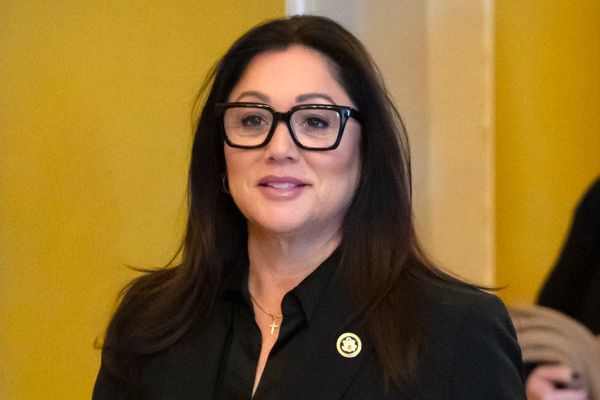
The NRMA has called for an immediate increase in random breath testing across the ACT - a move that places it at direct odds with established ACT police practice.
The motoring advocacy group is a strong supporter of RBT yet ACT police have moved away from this proven style of drunk-driver detection, claiming its targeted style of testing is more effective.
However, the NRMA believes the "anytime, anywhere" approach, together with the visual deterrent of mass roadside testing, is critical in addressing the ACT's drink-driving problem.
The NRMA's Peter Khoury says that should police adopt the "best-practice model" of 1.1 tests per licence holder across the ACT, this would generate around 360,000 roadside tests annually.
However, fewer than 14,000 RBTs were conducted by ACT police in the 2021-22 financial year, with the number of tests throughout COVID "dropping considerably year-on-year", the NRMA said.
By contrast, almost 98,000 tests were conducted in 2018-19 and a record 144,256 in 2013-14.
"Too many territorians are taking the risk of drink-driving and the NRMA is firmly of the view that the best deterrent is for more resourcing to go into RBT all year round," he said.
"If drivers see more random testing they are less likely to take the risk - it is the ultimate deterrent. The number of RBT have plummeted 10-fold since 2013-14 while the percentage of positive returns has increased five-fold over the same period - this trend has to be reversed, especially as the ACT has recorded its second-highest road toll."
So far this year, 18 people have died on ACT roads.
ACT police are firmly of the view that targeted alcohol roadside testing, using its intelligence model to determine where and when to deploy its officers, is a better use of resources.
Other key stakeholders, such as the Australian Federal Police Association, say the changed police arrangements are partially a result of the diminished numbers of officers funded by the ACT government, meaning fewer are available to perform standard patrol duties.
Under the previous roadside RBT model, police would set up their testing truck, usually on a major dual-lane carriageway, and test multiple drivers at a time, processing hundreds over a period of an hour.
This form of mass RBT was often staffed by probationary constables assigned to traffic duties after leaving the Australian Federal Police College.
The NRMA's data shows the ACT government collected $61 million in traffic infringement fines last year "due in large part to the introduction of the 40km/h speed limit on Northbourne Ave and other parts of Canberra's city centre".
"The NRMA believes more of that [revenue] should be directed into the work of police traffic patrols and a significant increase in the number of RBT across the ACT," Mr Khoury said.







